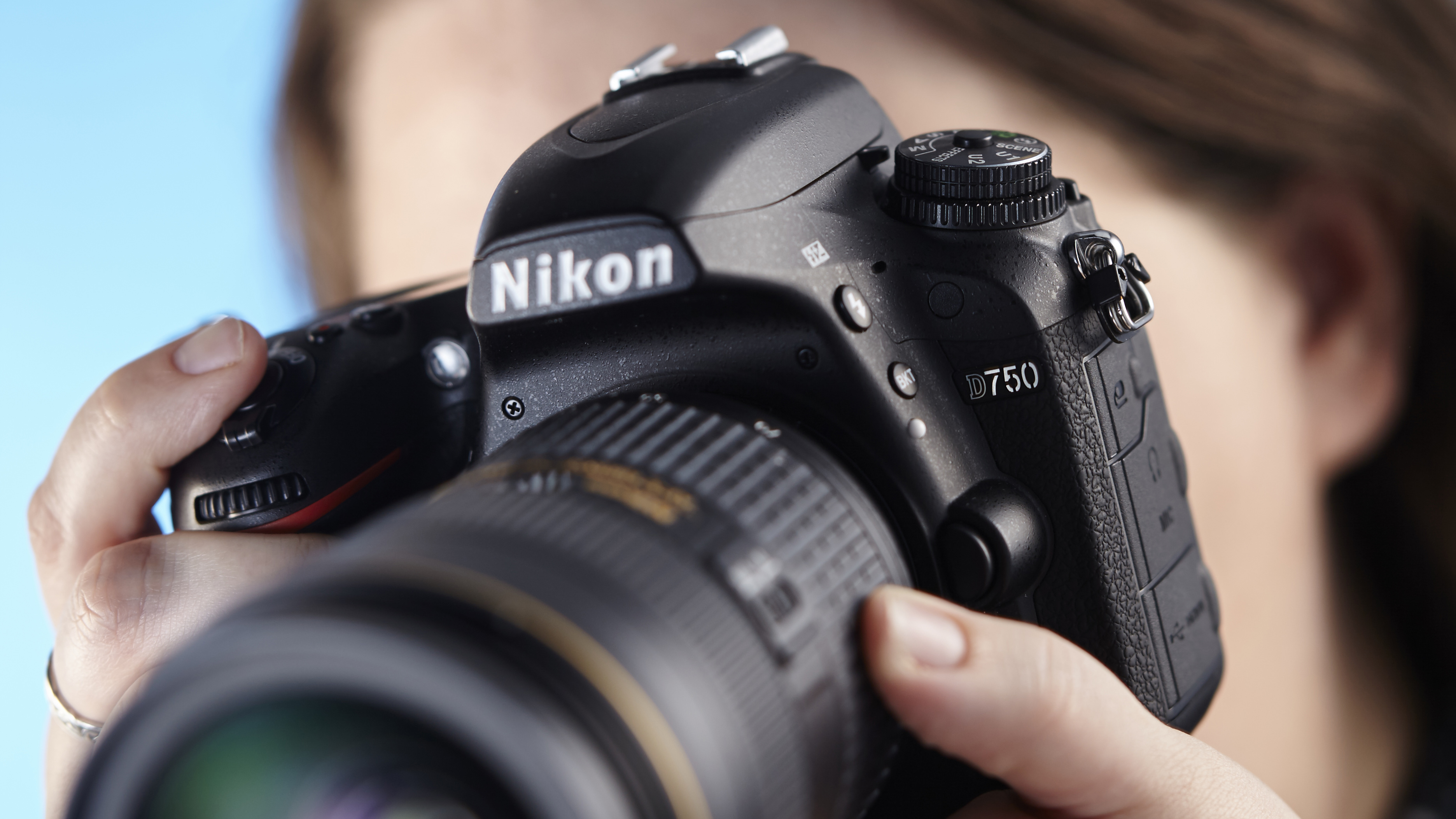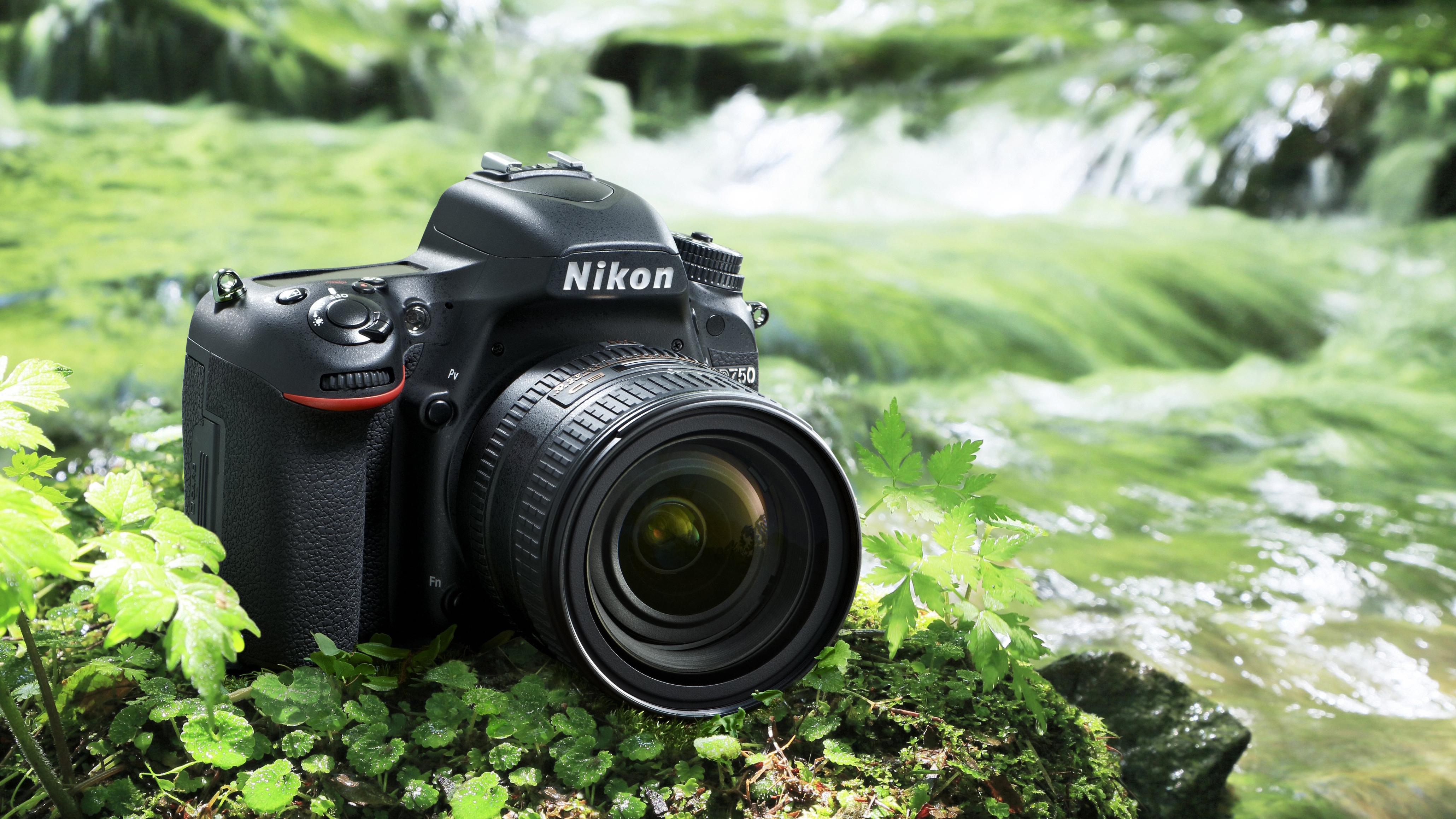TechRadar Verdict
On the face of it, the D750 seems to offer the same sensor as the D610. In fact, its a redesigned sensor with better image quality and a higher ISO range. The D750 also offers better video features, in-built Wi-Fi and a tilting screen. It's not cheap, but you get your money's worth.
Pros
- +
Excellent 24MP full-frame sensor
- +
Advanced 51-point AF system
- +
Tilt-angle screen
- +
Lightweight full-frame body
Cons
- -
No AF-On button
- -
Shutter speed limited to 1/4000 sec
- -
Slow AF in live view
Why you can trust TechRadar
Full-frame photography used to be the preserve of professional photographers, but DSLRs like the Canon EOS 6D and Nikon D610 have made it a more realistic proposition for amateur and enthusiast photographers. Nikon's latest full-frame camera, the D750, sits above the D610 and below the Nikon D810 in the company's range, giving enthusiasts another model to choose from.
At first, the D750 might look too similar to the D610 to be a worthwhile upgrade, especially since it appears to share the same sensor. In practice, the tilting screen, improved video features and uprated image quality are worthwhile and the D750 stacks up well against its rivals both in the Nikon camp and from Canon.
Features
- Full-frame CMOS sensor with a 24.3MP resolution
- Useful 3.2-inch tilt-angle display
- Only 1080p video capture
At the heart of the D750 is a 24.3-million-pixel CMOS sensor and an Expeed 4 processing engine. Unlike the 36MP D810, the new camera has an anti-aliasing filter over the sensor.
This sensor and processor combination enables a native sensitivity range of ISO100-12,800 with extension settings taking this to ISO50-51,200. It's also possible to shoot at up to 6.5 frames per second (fps) and record Full HD video at up to 60p. While 6.5fps is a fair rate, some sports photographers may have been hoping for something a bit higher, perhaps 8fps or more, but then that could have meant a much more expensive camera.
Sensor: 24.3MP full-frame CMOS
Lens mount: Nikon F
Screen: 3.2-inch tilt-angle display, 1,299,000 dots
Burst shooting: 6.5fps
Autofocus: 51-point AF
Video: Full HD 1080p
Connectivity: Wi-Fi
Battery life: 1,230 shots
Weight: 840g
Videographers will appreciate the stereo microphone and headphone ports along with the ability to fine-tune audio levels in isolation before and during recording. It's also possible to select the sound range (wide/voice) for adjustment and adjust aperture with buttons rather than dials for smoother, quieter operation. Wind noise can also be reduced when recording with the built-in microphone. The D750 is also unique amongst full-frame DSLRs currently in having a tilting screen (though not full articulating) – another advantage when shooting video in particular.
When shooting in Live View or video mode, there's a handy Zebra pattern display to indicate on the screen which areas are in danger of burning out. The D750 can also output uncompressed footage via an HDMI connection to allow high-quality recording to an external device.
Although there are two card slots, they both accept SD/SDHC/SDXC. One can be used as an overflow store or it can operate as a back-up. Alternatively, the camera can send different file types to one card or the other.
While the D750 is compatible with the Nikon's UT-1 and WT-5 for professional-level wireless image transfer, there's also Wi-Fi 'n' connectivity built-in for the speedy sharing of images and wireless remote control via a smartphone (using Nikon's Wireless Mobile Utility app).




Taking the lead from cameras like the D5300 lower down in the range, the D750 has seven Special Effects modes including Nigh Vision, Color Sketch, Miniature Effect, Selective Color, Silhouette, High Key and Low Key, which can be applied to stills and movies.
Although it's a full-frame model with many professional features, Nikon is clearly pitching the D750 at enthusiasts too, using the same broad control layout as the D610 and D7200.
The changes to the Picture Control system introduced with the D810 are here too. These includes the new Flat Picture Control mode that produces video footage (and still images) with less contrast, giving greater scope for post-capture grading. There's also the Clarity control, which enables the micro contrast of images to be adjusted to give the appearance of stronger shapes and outlines, with less risk of halos and over-sharpening problems.
Phil Hall is an experienced writer and editor having worked on some of the largest photography magazines in the UK, and now edit the photography channel of TechRadar, the UK's biggest tech website and one of the largest in the world. He has also worked on numerous commercial projects, including working with manufacturers like Nikon and Fujifilm on bespoke printed and online camera guides, as well as writing technique blogs and copy for the John Lewis Technology guide.

